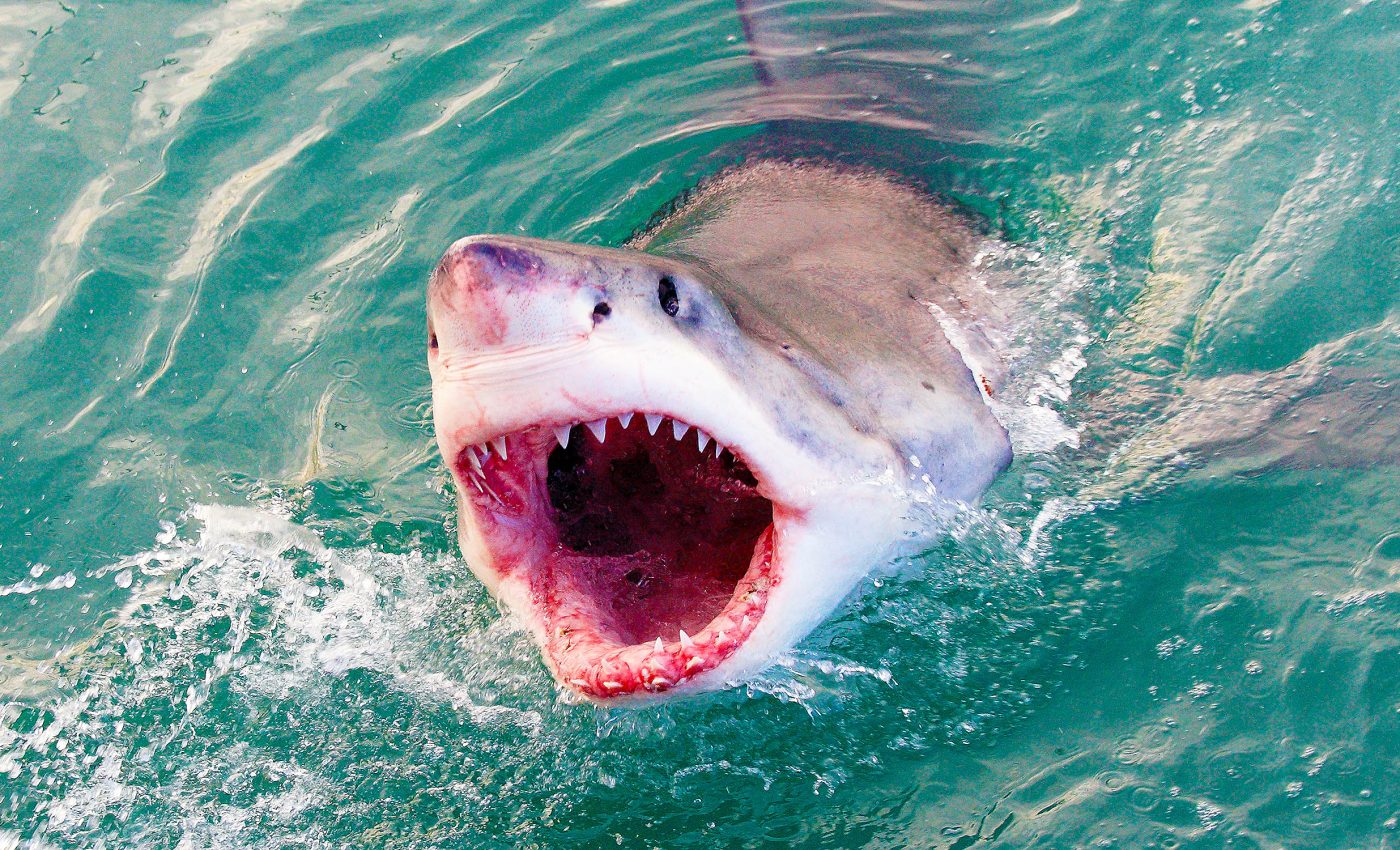
Great white sharks separated into three distinct groups that don't intermingle
Birds may flock together, but it turns out great white sharks don’t do the same. A group of international scientists have delved into a world-first genome analysis of global great white shark populations.
Their findings expose a surprising truth: great white sharks separated into three distinct population groups up to 200,000 years ago and have stuck pretty much with their own kind since.
Meet the great white’s three clans: a southern Pacific Ocean group (also known lovingly as the Indo-Pacific crowd), a northern Pacific Ocean population, and a group that toothily patrol the North Atlantic and Mediterranean.
Great white shark lineage
Dr. Catherine Jones, leading this shark crusade from the University of Aberdeen, teamed up with researchers from around the world, including collaborators from the Guy Harvey Research Institute, the MedSharks project, and Oceans Research Institute.
They discovered that these three geographic lineages stick to their lanes and seldom date outside their group.
“At the end of the Penultimate Ice Age — between 100,000 to 200,000 years ago — white shark populations appear to have divided into three discrete lineages which seldom interbreed,” explains Dr. Jones.
“This separation can still be observed today as modern major ocean currents seem to act as boundaries of the areas occupied by each group.”
This tribal behavior among our finned friends isn’t just an intriguing aquatic soap opera; it ruffles the waters of conservation efforts.
Since each lineage relies on a smaller number of the species, they are at greater risk of extinction than we previously thought. Furthermore, any potential ‘shortfalls’ in one group are unlikely to be made up by the other two.
Conservation conundrum
Why is this such a big deal, you ask? Well, if the Mediterranean’s distinct group checks out, they’re not just an extinct group of sharks. That’s a unique genetic diversity forever lost in the deep blue.
“Although not widely appreciated, man’s future is increasingly bound up with that of white sharks,” added Professor Les Noble, of Aquatic Biosciences at Nord University.
As top predators, these sharks play a crucial role in maintaining the diversity and health of local marine ecosystems. Over the past 50 years, we have witnessed white shark abundance almost halved, and they are now recognized as critically endangered in Europe.
This issue becomes even more tangled when considering the potential changes in strength and direction of major ocean currents predicted for the next 50 years.
“The lack of interbreeding suggests offspring from cross-lineage matings may not be viable. Should recent forecasts of changes in major ocean currents be accurate, breakdown of these geographic boundaries between lineages may allow more unproductive matings, further endangering white shark populations and the diversity, health, and productivity of ocean ecosystems,” Galice Hoarau, Professor of Molecular Ecology at Nord University notes.
Conserving Great white shark
How can we navigate these troubled waters? With innovative conservation strategies, according to our shark-loving scientists.
A better understanding of the distribution and health of these distinct groups is the raft we need to float these efforts. But to keep these magnificent creatures from spiraling into the depths of extinction, we’ll need to take swift action.
“It has long been considered that sharks lost from one area would be compensated for with the movement and matings of sharks from other locations. Our findings suggest this is clearly unlikely,” warns Dr. Jones.
Couple this with the pressures of bycatch fishing, depleting food reserves, pollution, and poaching, and it’s clear we’re swimming against the tide here.
But if we can fight off these threats, we just might keep these kings and queens of the ocean around for future generations to admire.
What comes next?
The research conducted by these esteemed institutions not only sheds light on the unique behavior of great white sharks, but also highlights the urgent need for conservation efforts to protect these apex predators.
With their crucial role in maintaining marine ecosystems and their critical endangerment status, it is clear that immediate action must be taken to preserve these magnificent creatures.
The study is published in the journal Current Biology.
—–
Like what you read? Subscribe to our newsletter for engaging articles, exclusive content, and the latest updates.
Check us out on EarthSnap, a free app brought to you by Eric Ralls and Earth.com.
—–













